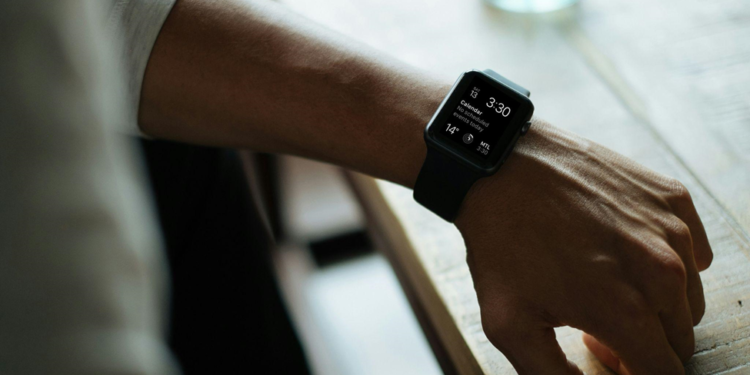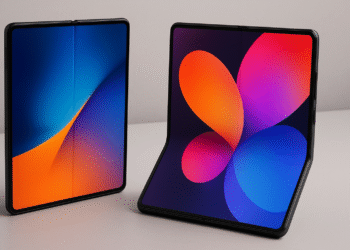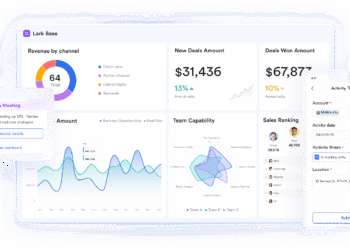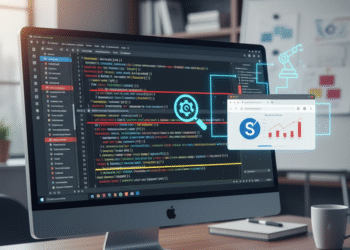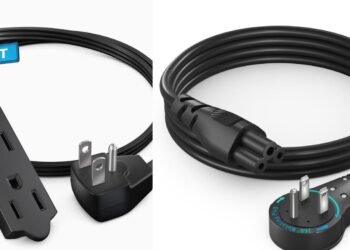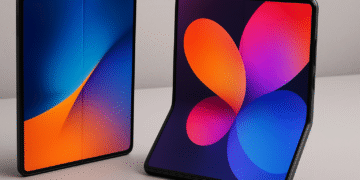Smartwatches have become more than just fitness trackers—they now store sensitive data, including health metrics, location history, and payment information. However, their convenience comes with potential security risks, making it essential to protect your device from data leaks. Follow these practical steps to keep your smartwatch secure.
Keep Your Smartwatch Firmware Updated
Keeping your smartwatch software up to date is key for protecting against vulnerabilities. Manufacturers frequently release firmware updates that patch security issues and enhance performance.
How to Stay Updated:
- Enable automatic updates on your device.
- Check the manufacturer’s website periodically for the latest releases.
- Avoid using older models that no longer receive security updates.
Use Strong Passwords and Two-Factor Authentication (2FA)
A strong password helps prevent unauthorized access to your smartwatch. Combining it with two-factor authentication (2FA) adds another protective layer.
Best Practices:
- Create complex passwords with a mix of letters, numbers, and symbols.
- Enable 2FA to require a secondary verification step.
- Avoid using easily guessed information like birthdays or names.
Limit App Permissions and Connectivity
Apps on smartwatches often request access to sensitive information that isn’t always necessary. Restricting these permissions reduces potential vulnerabilities.
How to Manage App Permissions:
- Review the permissions requested by each app.
- Disable permissions that don’t align with the app’s purpose.
- Disconnect Bluetooth and Wi-Fi when not needed to limit unnecessary data sharing.
Encrypt Data Transfers for Better Security
Smartwatches frequently sync data with your smartphone, which can expose information if the connection isn’t secure. Encrypting data transfers is important, especially when using public Wi-Fi.
To secure these connections, a VPN free trial can provide encrypted browsing, making it harder for third parties to intercept your data while your smartwatch syncs. A security tool like this offers a layer of protection when accessing public networks.
Avoid Unverified Third-Party Apps
Downloading apps from unofficial sources can introduce security risks, including malware or unauthorized data access.
Key Safety Tips:
- Stick to official app stores like the Google Play Store or Apple App Store.
- Verify the app’s developer and reviews before downloading.
- Avoid apps with vague permission requests or excessive data collection.
Disable Unnecessary Data Collection
Smartwatches often collect more data than necessary, including constant location tracking and continuous heart rate monitoring. While helpful, excessive data collection can increase the risk of data leaks.
What to Adjust:
- Turn off location services when not needed.
- Limit continuous health monitoring unless actively required.
- Review and customize privacy settings in the smartwatch app.
Backup and Secure Your Data
Backing up your smartwatch data ensures you don’t lose valuable information while also allowing you to wipe the device clean in case of theft.
Steps for Data Backup:
- Use a cloud storage solution for secure backups.
- Enable remote wipe features available for most smartwatches.
- Avoid storing sensitive data directly on the watch.
Protecting Physical Security
Beyond digital protection, physical safeguards like durable screen protectors and tamper-resistant cases help protect the device from damage or tampering.
Consider:
- Anti-scratch screen protectors.
- Locking wristbands for added theft protection.
NFC Payment Safety Measures
Smartwatches with NFC (Near-Field Communication) payment features allow for contactless transactions, which can become targets for data theft.
To Enhance NFC Security:
- Disable NFC when not actively using it.
- Use biometric locks for payment approvals.
- Monitor transaction history frequently for unusual activity.
A Smarter Approach to Smartwatch Safety
Staying informed about digital safety can help you feel more confident when using your smartwatch. Taking a proactive approach toward device protection ensures you’re making the most of modern technology without unnecessary risks. Small habits can go a long way in keeping your personal information private.

